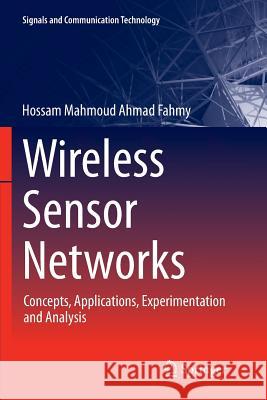Wireless Sensor Networks: Concepts, Applications, Experimentation and Analysis » książka
topmenu
Wireless Sensor Networks: Concepts, Applications, Experimentation and Analysis
ISBN-13: 9789811091568 / Angielski / Miękka / 2018 / 614 str.
Kategorie:
Kategorie BISAC:
Wydawca:
Springer
Seria wydawnicza:
Język:
Angielski
ISBN-13:
9789811091568
Rok wydania:
2018
Wydanie:
Softcover Repri
Ilość stron:
614
Waga:
0.89 kg
Wymiary:
23.39 x 15.6 x 3.3
Oprawa:
Miękka
Wolumenów:
01
Dodatkowe informacje:
Wydanie ilustrowane











